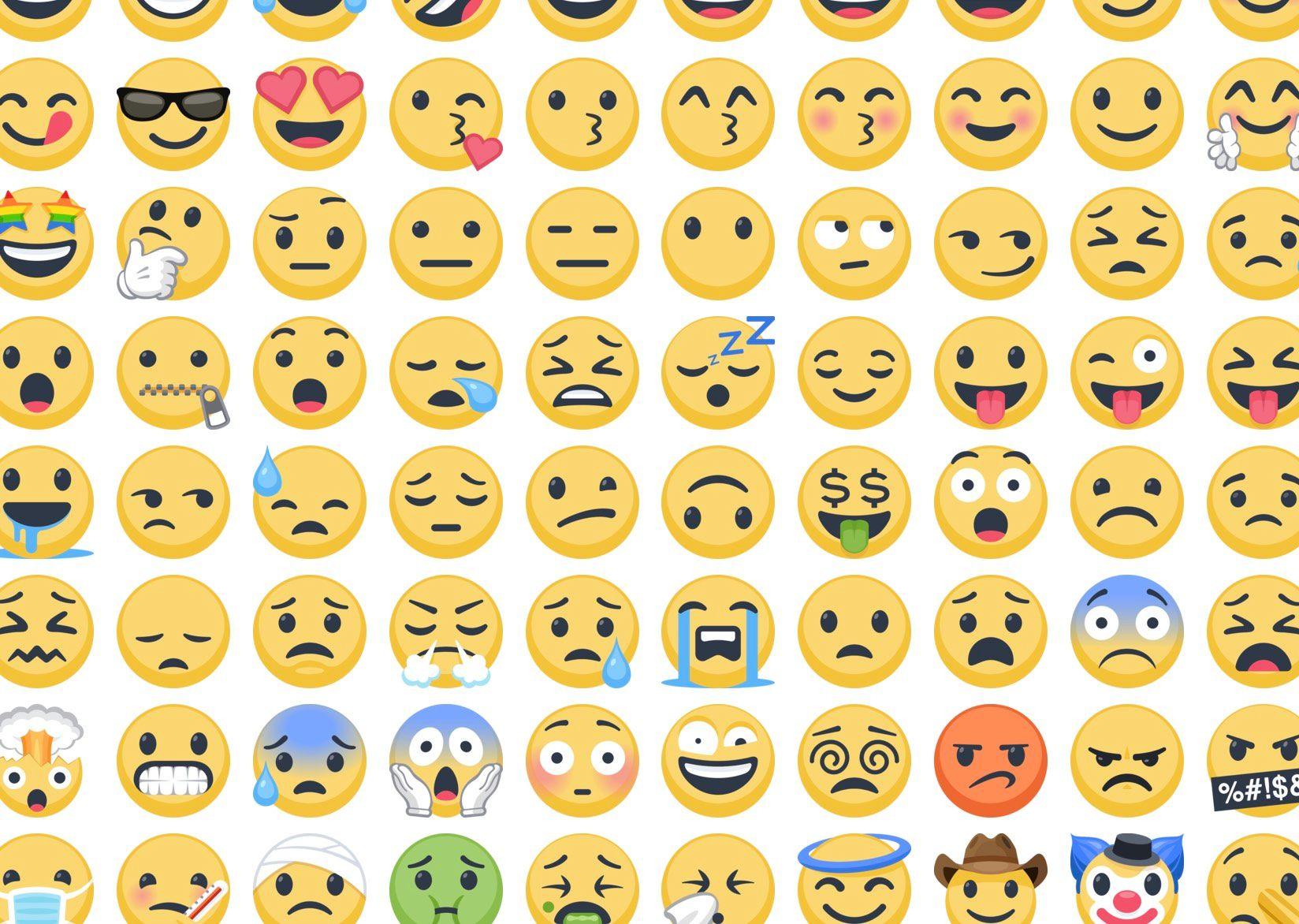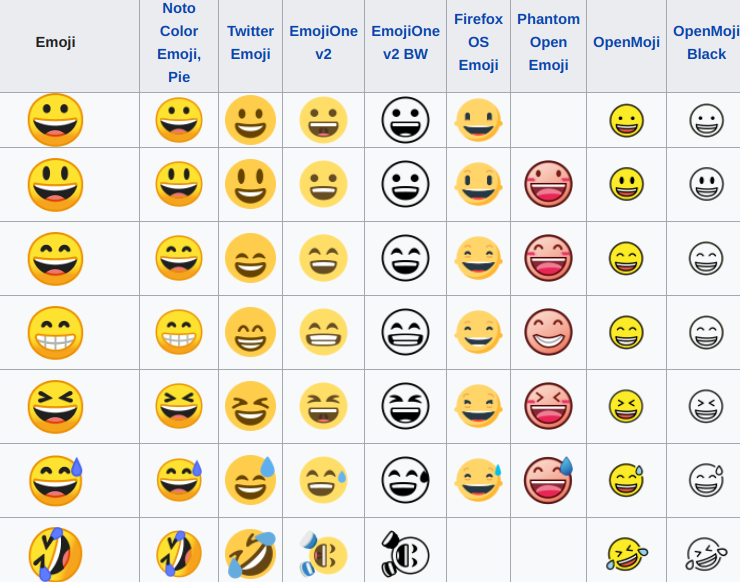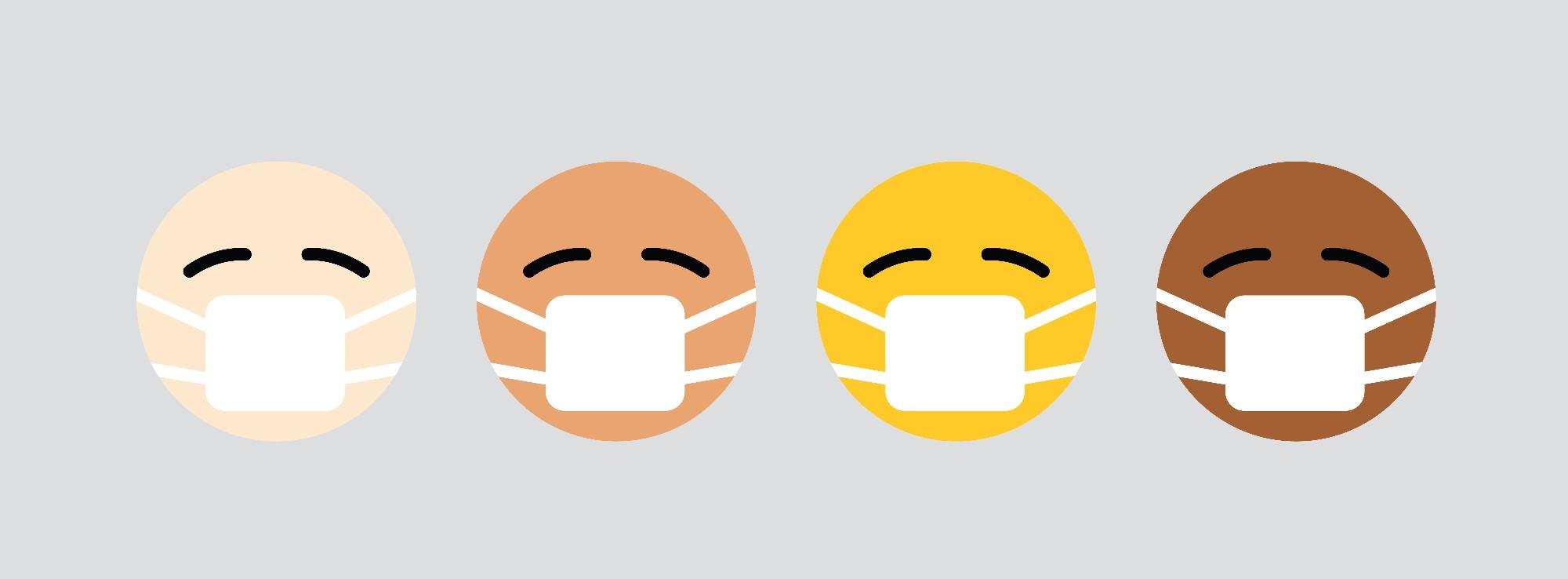Those first images were pixelated, as you might expect considering it was 1999, the same year the original Blackberry was launched, making for an exciting year in technological advances. Emojis have never been about how accurate or high resolution they are, but rather how you can accomplish a lot with a little. Twenty years on, it remains true that emojis captivate with their ability to convey emotions in unique and surprising ways, left for the beholder to interpret.
While emojis enjoyed nationwide popularity after launching in Japan, it took a full decade for them to become standard on smartphones across the globe. In 2007, the iPhone launched, and shortly thereafter came the first emojis on IoS. There was a catch, though—only Japanese iPhones were emoji-equipped in 2008. By 2010, the characters finally made their way onto international soil with the help of Unicode, a technology standard that helped universalize emoji script.
There were some issues. For one, the first widely available set of emoji only featured characters with white skin, and while there were options to use male emojis in various career-evoking symbols—policeman, construction worker, etc.—there was a single female representation: a bride with a veil. There were flags representing some countries, while the overwhelming majority were omitted.
































